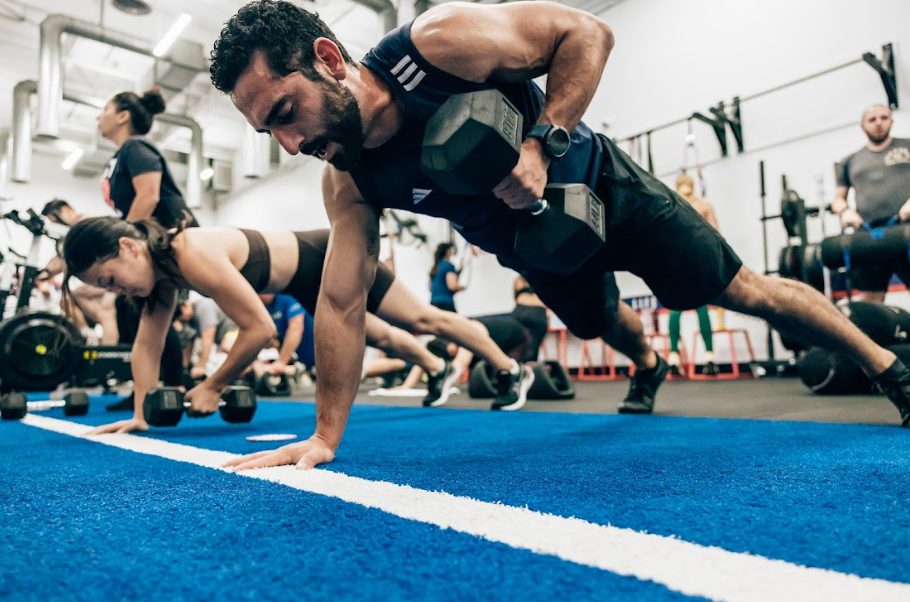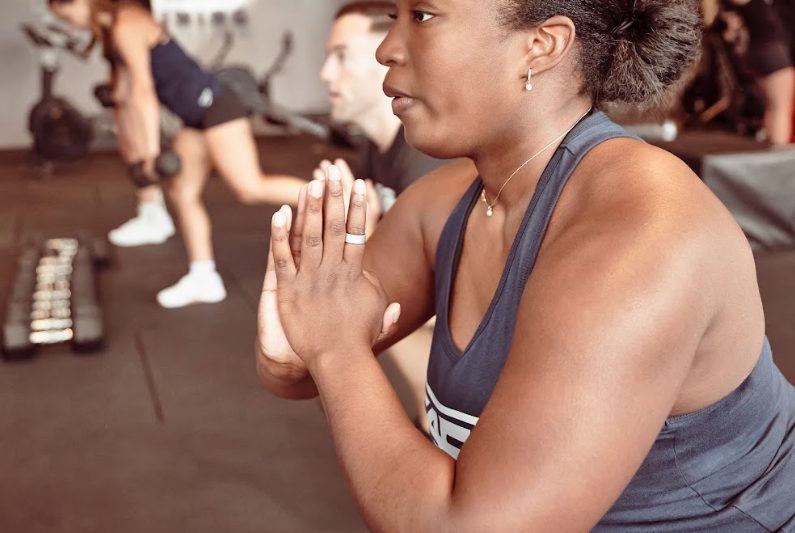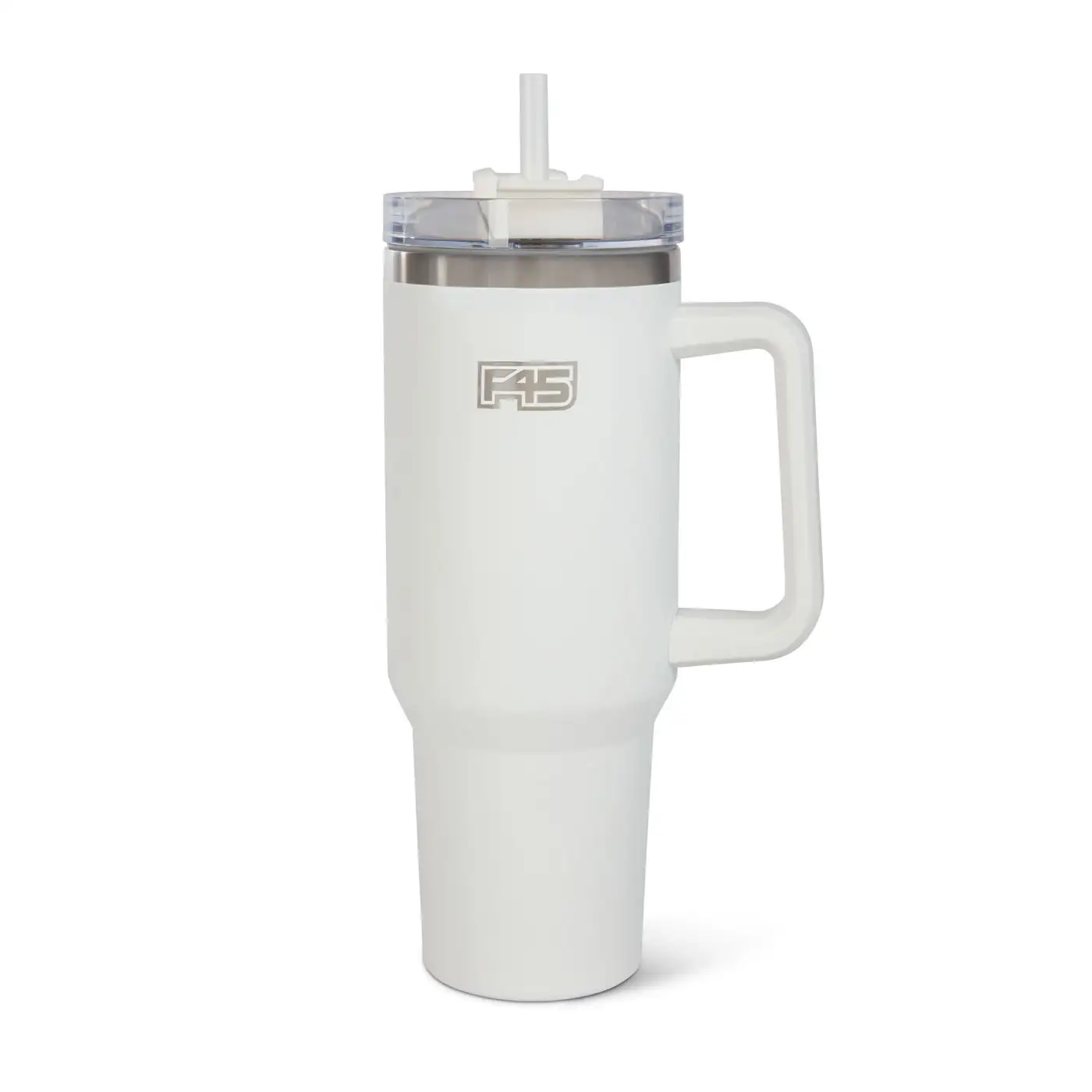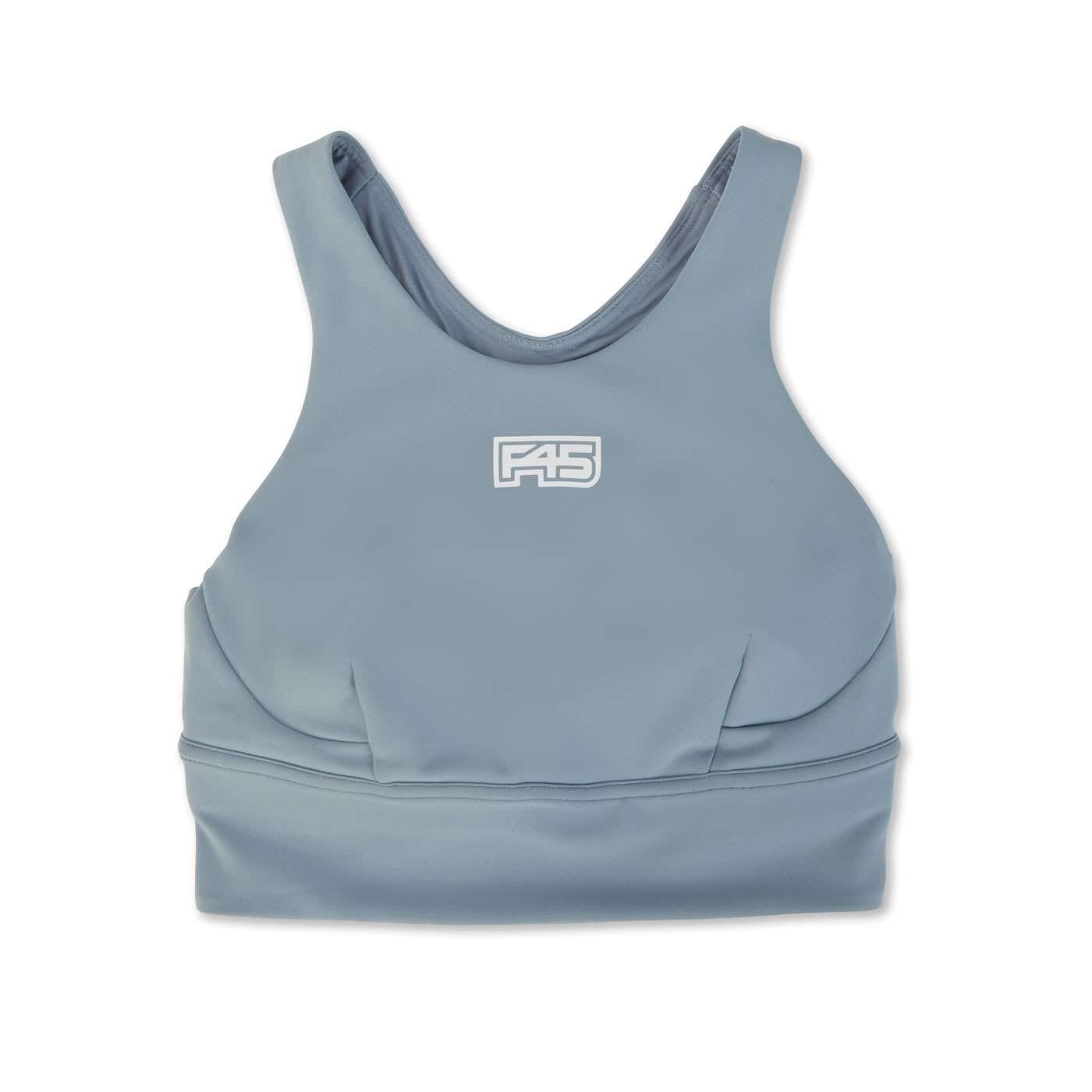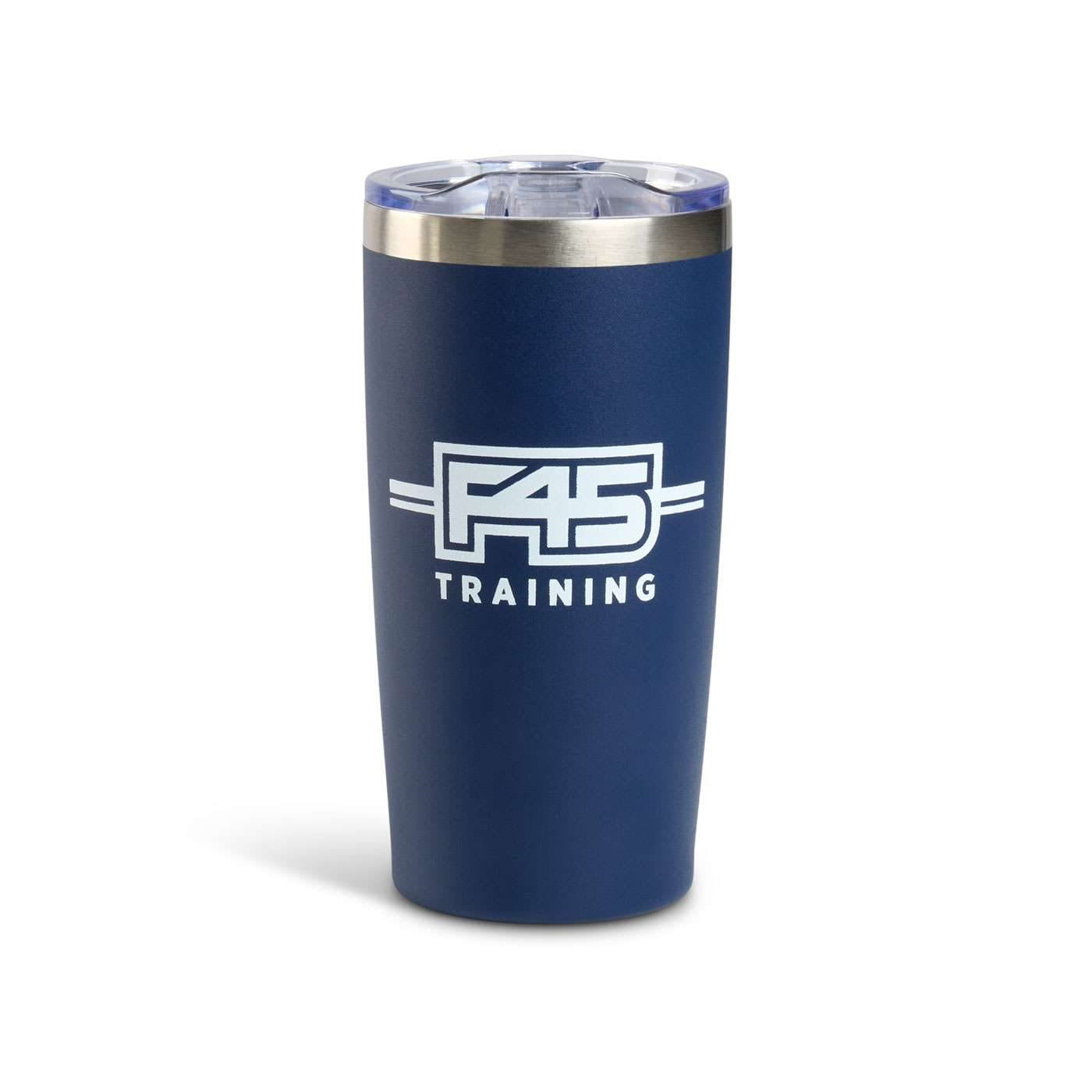We’ve all felt soreness in our muscles after exercise. It’s normal – and a common sign that a session has been challenging and satisfying. Particularly for new F45 members, soreness after those first few cardio or resistance workouts can be intense. However, with soreness comes stiffness, and continued soreness can make it uncomfortable to move freely during your next exercise session and in everyday life.
In this guide, we’ll be exploring what causes delayed onset muscle soreness (DOMS) post-exercise, how to prevent DOMS from happening, and the tactics you can implement to cure DOMS quickly.
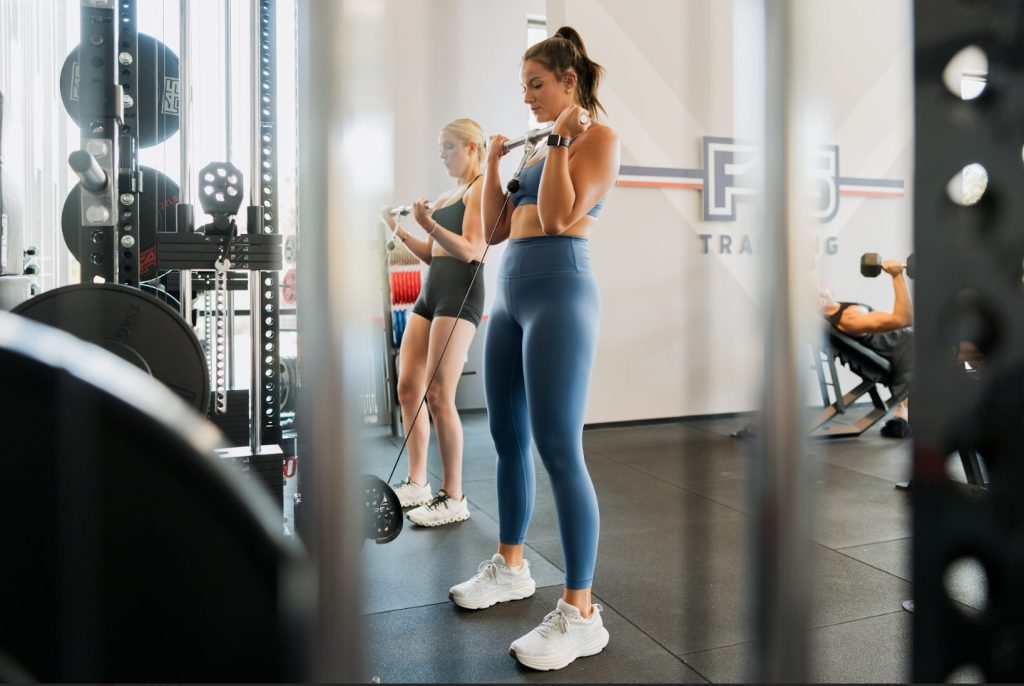
What is delayed onset muscle soreness?
DOMS is muscle soreness that you experience after exercise. From fitness novices to professional athletes, anyone can experience DOMS, and the soreness can range from slight tenderness to extremely sore muscles after a workout.¹
The muscle soreness that’s felt during or immediately after F45 workouts is known as acute muscle soreness. DOMS, however, is felt 24 hours after exercise and is commonly felt more deeply the morning after exercise.
DOMS usually lasts between one to four days after exercise and the soreness will peak on day two or three.
What causes delayed onset muscle soreness?
We don’t yet know exactly what triggers delayed onset muscle soreness. However, it’s likely the result of a combination of reactions that occur in the body, such as:
- Muscle damage
- Lactic acid buildup
- Inflammation
- Muscle spasming¹
Remember, these ‘reactions’ are normal responses that occur after exercise. It’s important to note that DOMS is typically caused by the part of an exercise that involves us lengthening our muscles. For example, lowering down to perform a squat or press up can result in DOMS.
Can I still workout with DOMS?
Although exercise may feel physically and mentally harder to start when experiencing DOMS, it’s actually the most effective tactic for delayed onset muscle soreness recovery¹.
So, you can still workout with DOMS, but you should reduce the intensity and duration of the exercise to allow your muscles to recover (if you’re using the affected muscles). Another option is to create a sustainable fitness routine where you train different parts of the body each day (for example chest and arms on Monday, followed by legs on Tuesday). This way, you don’t have to reduce the intensity of your workouts because you’re training muscles that aren’t experiencing DOMS.
Strategies to prevent DOMS
Feeling soreness in muscles after exercise is normal, but you should take steps to reduce the level of pain you feel from DOMS. This allows your muscles to adapt and recover more quickly, enabling you to exercise again and prevent workout injuries.
Pain isn’t always gain – and unnecessarily sore muscles can result in tedious recovery times and general discomfort. Ahead, the experts at F45 have compiled a few tips to help avoid DOMS and smash your workout goals.
Start slowly with a new workout program
If you’re beginning a workout program or are new to exercise in general, you’ll be more prone to experiencing DOMS. After your first hybrid workout, it’s important to listen to your body, it could take up to a few days to not feel sore.
Always do proper warmups
You should always warm up for exercise preparation and injury prevention. In fact, warmups that are performed just before DOMS-inducing exercises can help reduce any delayed onset muscle soreness symptoms. Interestingly, whether you perform a cool down or not doesn’t reduce DOMS, but it will still benefit other parts of your body.
Stay hydrated
Keeping your body hydrated helps reduce muscle damage during a workout. Particularly if you’re exercising in hot or humid conditions, it’s critical to have regular water and rest breaks. In general, hydration is key for transporting nutrients around the body and removing toxins, not to mention helping with focus while exercising. For extra hydration, you can also try consuming electrolyte-infused drinks after a workout.
How to treat DOMS after a workout
DOMS is unavoidable after giving your all in a weight-based or cardio workout. But, by focusing on recovery, you can enable your body to recuperate from DOMS quickly.
To cure DOMS efficiently, you’ll need to organise the right equipment, manage your nutritional intake, and learn the best exercises to perform after your workouts. Let’s explore the specifics of how to recover from DOMS below.
Use a foam roller
Three 20-minute sessions of foam rolling 72 hours after a workout can greatly improve recovery from DOMS and decrease muscle tenderness.³
To optimise your DOMS recovery, your first rolling session should take place immediately after your workout. The following sessions should take place every 24 hours. When rolling, remember to relax your muscles so the roller massages deeply – it may hurt a little, but it’s worth it!
Prioritise recovery workouts
Taking part in active recovery workouts is a fantastic way to treat DOMS. F45 delivers a range of recovery sessions to nourish your body: improving your flexibility, range of motion, and general body awareness. Recovery workouts are group fitness classes that involve a variety of dynamic exercises and stretches, and can help you return to full strength as soon as possible.
Eat anti-inflammatory foods
What you consume after a workout helps with recovery, and there’s a range of options you can eat beyond your usual protein shake. To reduced delayed onset muscle soreness symptoms, try the following after exercise:
Watermelon
Eggs
Dairy
Sweet potato
Coffee
Fatty fish (such as salmon or mackerel)
Learning how to meal prep for the week helps with recovery – and, if you do it right, with building muscle and losing weight too. Like learning an exercise, starting a meal plan can take some time and organisation, but can be the catalyst towards better results and faster recovery from DOMS.
Take a cold plunge – or recover in an infrared sauna
After a workout, there’s nothing more satisfying than easing your delayed onset muscle soreness symptoms with one of F45’s brand-new Recovery options.
While they’re not available in all F45 studios, these wellness treatments are built to reinvigorate your body and mind, and include:
Cold Plunge: immerse your whole body in cold water to reduce inflammation, boost circulation, speed up muscle recovery, and ease those extremely sore muscles after a workout4.
Infrared Sauna: turn up the heat to relax your mind, rejuvenate your body, and treat DOMS after particularly strenuous physical activity5.
Hyperice: alleviate DOMS and improve your flexibility with F45’s percussive therapy: a form of massage treatment that helps reduce inflammation and improve your circulation after exercising6.
By learning how to prevent and treat DOMS, you’ll optimise your workout routine and leave your body feeling refreshed and free of muscular discomfort. Now, discover why strength training is the key to building and maintaining muscle.
1 https://pubmed.ncbi.nlm.nih.gov/12617692/
2 https://pubmed.ncbi.nlm.nih.gov/17535144/
3 https://www.ncbi.nlm.nih.gov/pmc/articles/PMC4299735/
4 https://plunge.com/pages/why-plunge
5 https://www.sunlighten.com/infrared-sauna-health-benefits/muscle-recovery/
6 https://hyperice.com/get-hypervolt/
